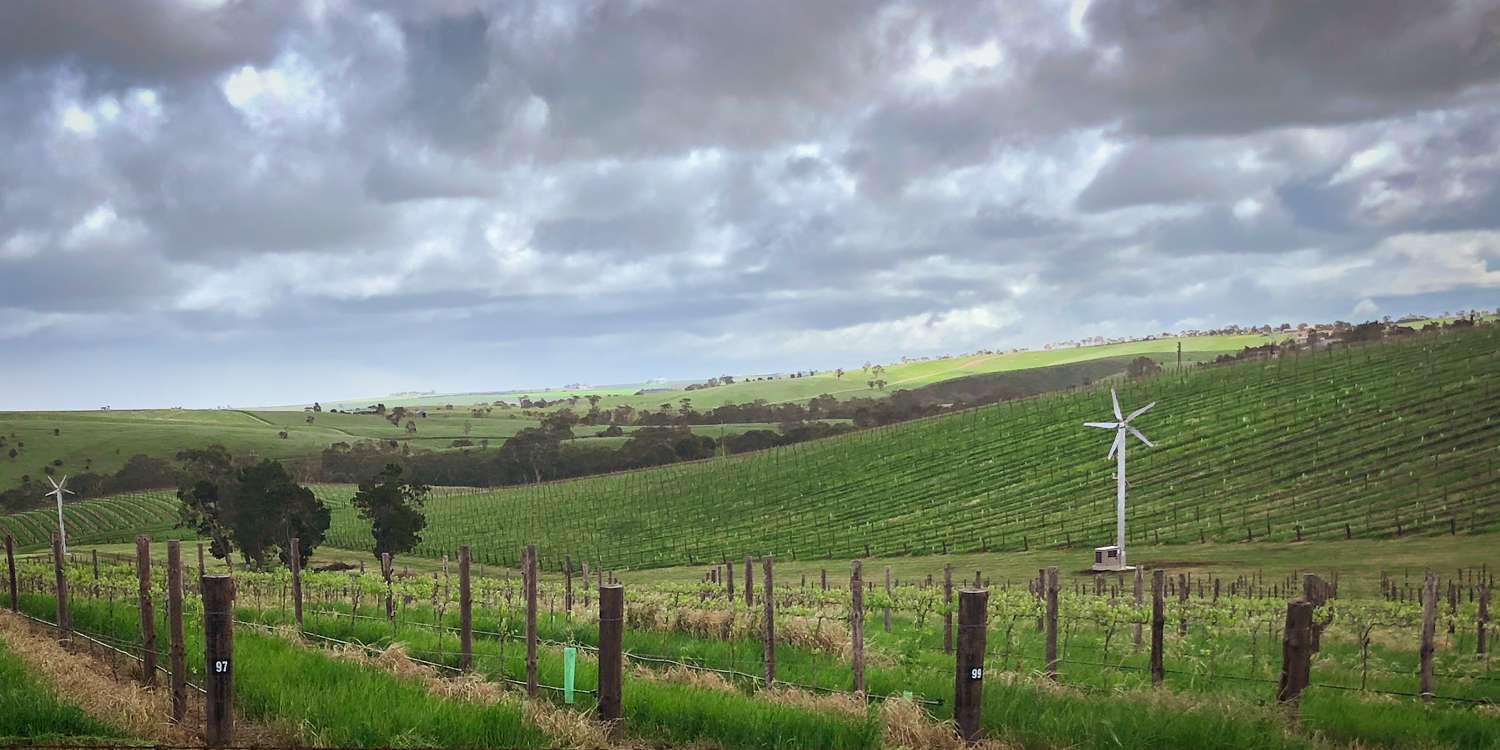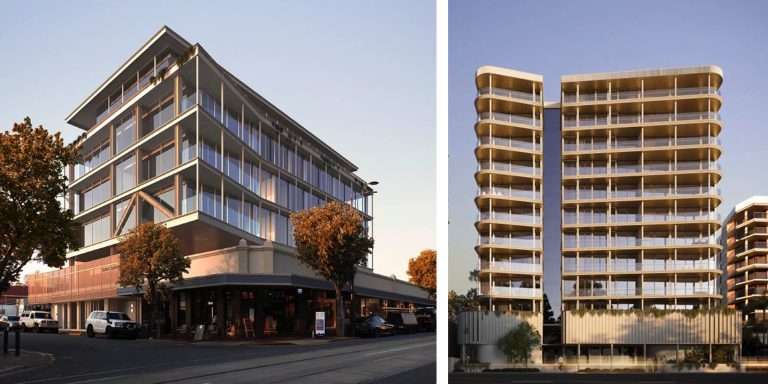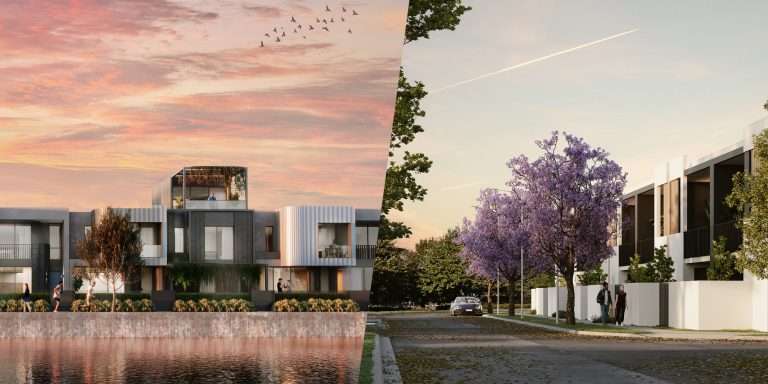Minimising the potential for land use conflict is at the heart of planning policy and the assessment of development applications. Such conflict needs to be carefully managed when locating tourist development in places that capitalise on authentic experiences.
South Australia’s wine regions are part of the State’s agribusiness engine room. They are also very desirable locations for tourism.
Frost prevention fans are increasingly popular in order to protect the grape harvest. The Light Regional Council granted approval for four such fans on a vineyard at Lyndoch. The neighbouring high-end tourist accommodation pursued third party appeal rights in the ERD Court against the approval. At the heart of this appeal was concern about noise impact on sleeping tourists from the frost prevention fans.
We provided expert evidence to the Court stating that the frost prevention fans would support a clearly anticipated land use in vineyards. The fans are also appropriate in terms of visual impact. And importantly, they will not result in unreasonable noise impact on nearby tourist accommodation and dwellings.
The ERD Court agreed, dismissing the appeal. Some key aspects of this judgement include:
… the nature and zoning of a locality influence what are reasonable expectations about its anticipated level of amenity. All of the land in this locality, including the Appellant’s tourism facility, is within primary production zones. While such areas are often quiet, they are also subject to high levels of noise from time to time. In viticultural areas, the harvesting of grapes, in particular, can generate elevated noise levels and, increasingly, frost fans are legitimately utilised in vineyards to protect vines from frost.
… Existing residents and tourist operators in this locality should certainly expect to be protected from developments that detrimentally or unreasonably affect their amenity. However, the level of amenity that they can expect to enjoy… is determined by the fact they are in a primary production zone rather than in a residential zone or township. Likewise, the Noise Policy sets lower maxima for allowable noise levels in residential or rural living areas than in primary production areas.
… It is clear from the Development Plan provisions in this matter relating to the ‘Interface between Land Uses’ that the noise impacts of a proposed development are to be assessed against the relevant parts of the (EPA) Noise Policy… It is not the task of an expert witness, or of this Court, to suggest alternative standards or criteria. That is a task for policymakers.
… the proposed fans, while complying with the Noise Policy, will still be audible on occasion at places within and even beyond the locality. The response by different individuals to hearing the fans may vary widely.
…I do not find… that noise from the proposed frost fans will cause unreasonable interference or detrimentally affect the amenity of this locality”
This is not the first time the ERD Court has considered the impact of frost prevention fans on those residing nearby – we gave expert evidence is a similar case back in 2017. In both matters the Court has concluded that the satisfaction of the specific EPA Noise Guidelines for frost prevention fans means that noise impact has been appropriately addressed.



